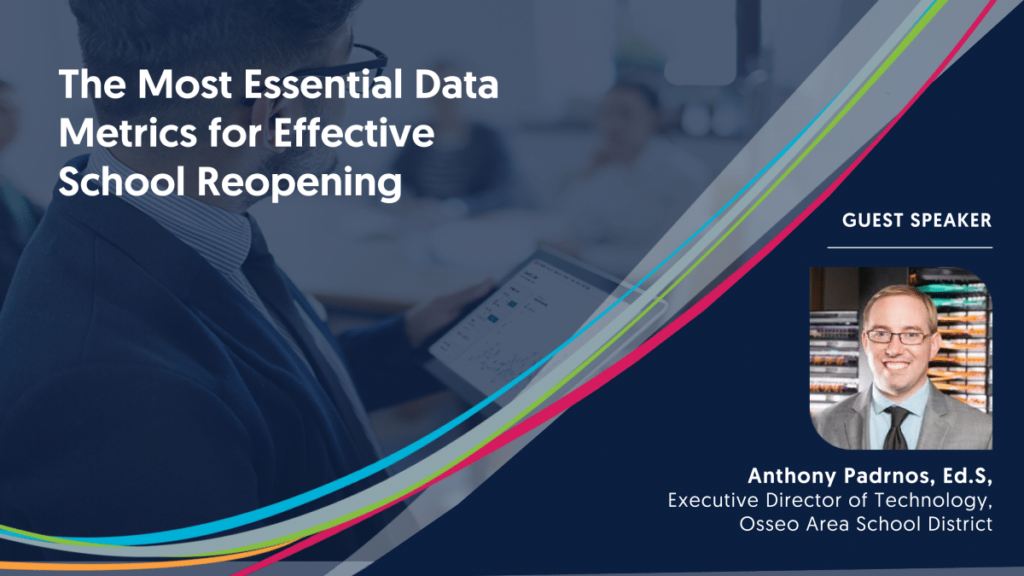
Anthony Padrnos, technology director for Osseo Area Schools in Minnesota, goes through his district’s experiences with utilizing key data points to inform district planning and budgeting. He’ll discuss how your district can use such data to make the best decisions, both instructionally and budget-wise.
In this webinar, you will learn:
- Which distance learning data points to watch, and why
- How to determine which applications and software subscriptions to cancel or keep
- Ways your school district can use such data to adjust district planning and budgeting
Anthony Padrnos, Executive Director of Technology for Osseo Area Schools in Hennepin County (suburban Minneapolis), Minnesota, is a highly respected ed tech expert on district-level technology, online security, and classroom ed tech. Mr. Padrnos has been interviewed regarding data analytics by EdTech Magazine, has given popular cyber security talks at the Sourcewell Technical Leadership Conference, and has made presentations on ed tech topics at the Twin Cities Startup Week to rave reviews.